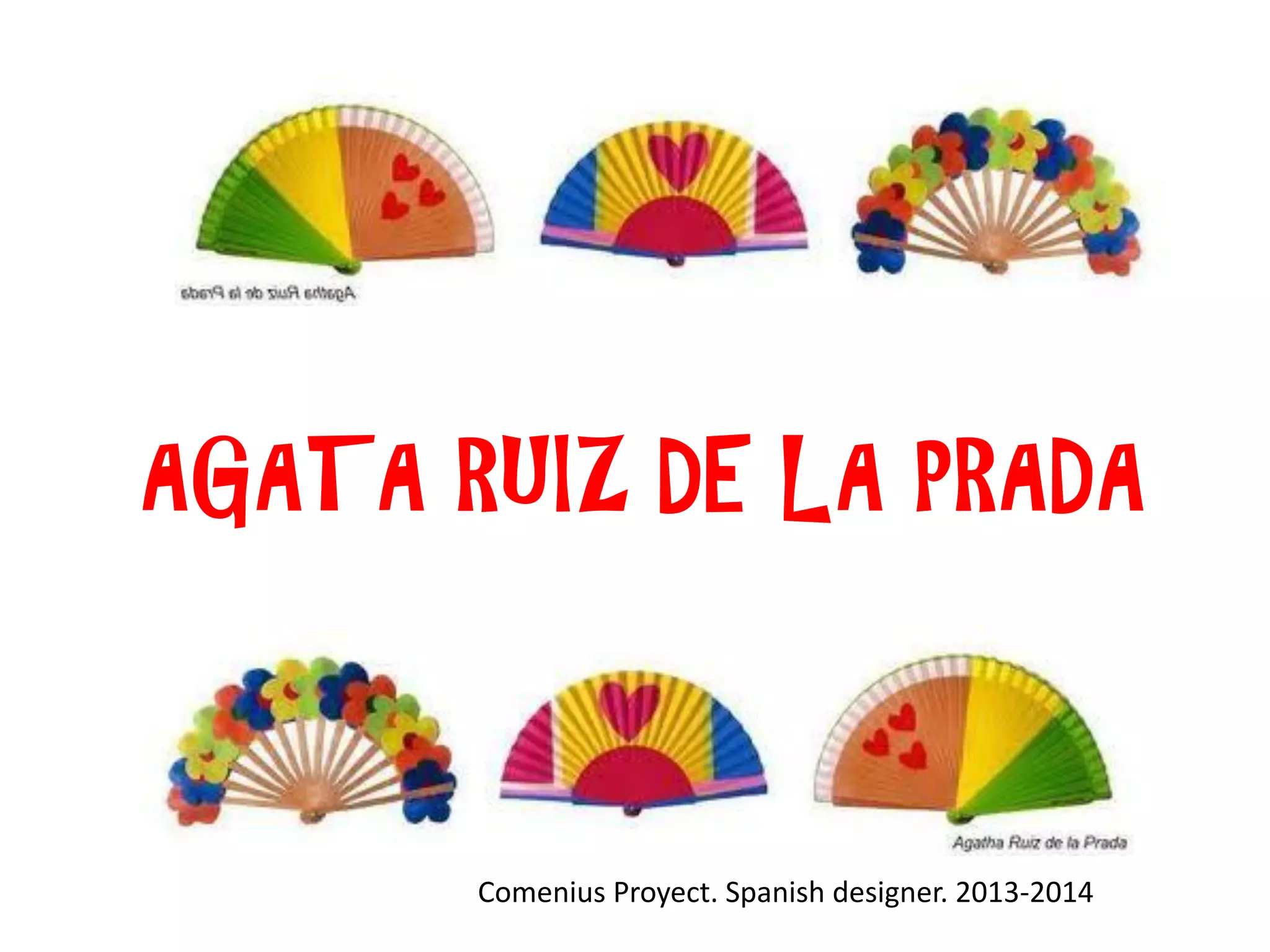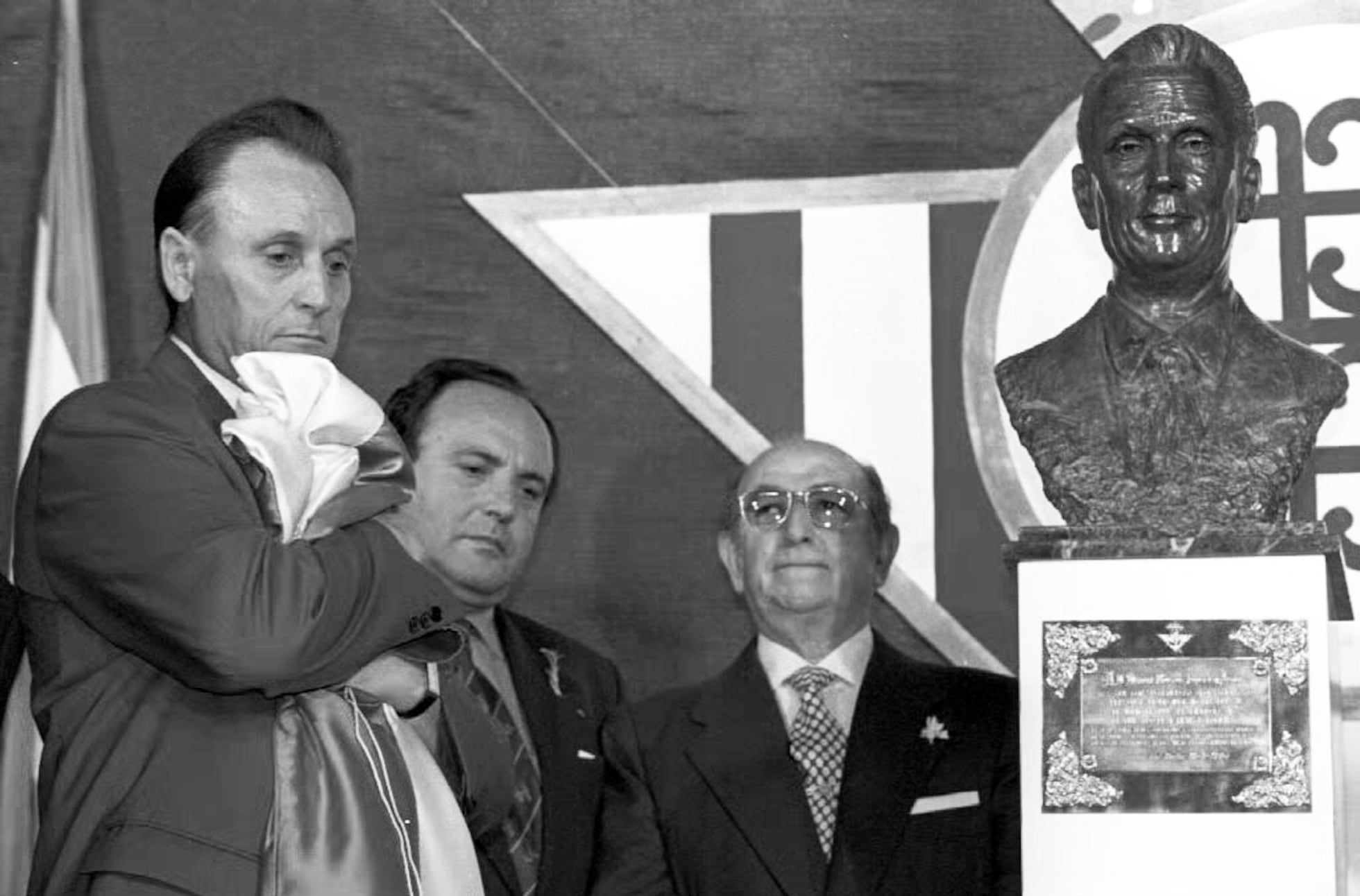World Updates | Update information about politics and social around the world
Manuel Ruiz De Lara: Master Of Spanish Architecture And Design
Manuel Ruiz De Lara: Master Of Spanish Architecture And Design

El CGPJ expedienta al juez que tildó de "psicópata" a Pedro Sánchez - Source www.lavanguardia.com
Editor's Notes: Manuel Ruiz De Lara: Master Of Spanish Architecture And Design have published today date. What is Spanish architecture? How does this Manuel Ruiz De Lara: Master Of Spanish Architecture And Design impact you? We have put together this guide to help target audience make the right decision.
Our team did analysis, digging information, made Manuel Ruiz De Lara: Master Of Spanish Architecture And Design and came with lots of point to write this guide. All of these function will put impact on your decision making. Keep reading to know more.
Key differences or Key takeways
Transition to main article topics
FAQs
Manuel Ruiz de Lara, a renowned architect and designer, has shaped the landscape of Spanish design. This FAQ section addresses common questions about his work, inspiration, and design philosophy. Dive into the complexities of his architectural genius through these engaging Q&A pairs.

Jesús Villegas afirma que la investigación a Manuel Ruiz de Lara por - Source confilegal.com
Question 1: What influenced Ruiz de Lara's architectural style?
Manuel Ruiz de Lara's architectural style was influenced by a diverse range of sources, including traditional Spanish architecture, modernism, and international design trends. He skillfully blended elements from these different influences to create a unique and distinctive style that reflected the cultural richness and contemporary aspirations of his time.
Question 2: What principles guided Ruiz de Lara's design approach?
Ruiz de Lara believed that design should be functional, aesthetically pleasing, and sustainable. He emphasized the importance of creating spaces that were both comfortable and inspiring, while also being respectful of the environment. His designs often showcased innovative use of materials and technologies to achieve these goals.
Question 3: What are some of Ruiz de Lara's most notable works?
Among Ruiz de Lara's most iconic creations are the iconic Metropolis building and the Torre España in Madrid, as well as the restoration of the Palacio de Cristal in Retiro Park. These structures exemplify his architectural prowess and continue to be admired for their striking designs and enduring legacy.
Question 4: How did Ruiz de Lara contribute to the development of Spanish design?
Ruiz de Lara was a key figure in the modernization of Spanish design. He helped to bring international influences into Spain and encouraged the adoption of new design principles and techniques. His work played a significant role in shaping the aesthetic landscape of Spain and inspiring subsequent generations of designers.
Question 5: What sets Ruiz de Lara's work apart from his contemporaries?
Ruiz de Lara's work stands out for its combination of traditional and modern elements, as well as its attention to detail and craftsmanship. He was also known for his innovative use of materials and technologies, which allowed him to create unique and visually stunning structures.
Question 6: What is Ruiz de Lara's legacy in the world of architecture and design?
Manuel Ruiz de Lara left an indelible mark on the architectural and design landscape. His work continues to be celebrated for its timeless elegance, functionality, and cultural significance. His contributions have helped to shape the identity of Spanish design and inspire architects and designers around the world.
Through his innovative designs, passion for craftsmanship, and commitment to sustainability, Manuel Ruiz de Lara has cemented his place as a master of Spanish architecture and design. His legacy serves as a testament to the power of design to transform and inspire.
Explore the next article section for further insights into Manuel Ruiz de Lara's architectural journey.
Tips by Manuel Ruiz De Lara: Master Of Spanish Architecture And Design

La sastrería » Manuel Ruiz de Lopera - Source blogs.grupojoly.com
Manuel Ruiz De Lara, a renowned Spanish architect and designer, has provided valuable insights and tips for creating captivating and functional spaces. His expertise in the field has led to the development of several principles that can guide aspiring designers and homeowners alike.
Tip 1: Maximize Natural Light
Natural light plays a crucial role in enhancing the ambiance and overall appeal of a space. Ruiz De Lara recommends incorporating large windows, skylights, and reflective surfaces to harness natural light. This approach not only reduces the need for artificial lighting but also creates a sense of openness and reduces energy consumption.
Tip 2: Embrace Simplicity and Functionality
In keeping with the modernist movement, Ruiz De Lara emphasizes the importance of simplicity and functionality in design. Clean lines, uncluttered spaces, and a focus on essential elements create a sense of order and tranquility. By prioritizing function over ornamentation, designs become more practical and timeless.
Tip 3: Consider the Flow of Space
The flow of space is a critical aspect in creating a cohesive and inviting environment. Ruiz De Lara suggests envisioning how people will move through a space and arranging furniture and elements accordingly. This approach enhances the overall functionality and user experience.
Tip 4: Experiment with Textures and Materials
Textures and materials can add depth and character to a space. Ruiz De Lara encourages experimentation with different materials, such as wood, metal, glass, and fabrics, to create visual interest and tactile experiences. By combining various textures and materials, designers can enhance the overall aesthetic appeal.
Tip 5: Pay Attention to Lighting
Lighting can transform the ambiance of a space and create different moods. Ruiz De Lara advises using a combination of natural and artificial lighting to achieve the desired effect. Natural light during the day can be complemented by ambient, task, and accent lighting for evenings and specific areas.
Incorporating these principles into design projects can significantly enhance the overall aesthetics, functionality, and user experience. By embracing the tips outlined by Manuel Ruiz De Lara, aspiring designers and homeowners can create captivating and enduring spaces.
Manuel Ruiz De Lara: Master Of Spanish Architecture And Design
Manuel Ruiz De Lara's vast contributions to Spanish architecture and design encompass multiple essential aspects, ranging from his mastery of traditional techniques to his innovative approach to urban planning.
- Traditional Heritage: Respect for local materials and craftsmanship.
- Modernist Vision: Integration of contemporary aesthetics and functionality.
- Urban Renewal: Transformation of cities through architectural interventions.
- Sustainable Design: Environmentally conscious practices in architecture.
- Cultural Symbolism: Designs reflecting Spain's rich cultural heritage.
- International Influence: Dissemination of Spanish architectural styles abroad.

Manuel Ruiz de Lara – Cajón de Sastre - Source www.libroscajondesastre.es
These aspects are interconnected, shaping De Lara's unique approach to architecture. His restoration of historic buildings showcases his deep respect for traditional heritage, while his modern designs seamlessly blend old and new elements. De Lara's urban renewal projects demonstrate his understanding of the transformative power of architecture, and his sustainable designs reflect his commitment to environmental responsibility. Through his architecture, De Lara not only creates aesthetically pleasing spaces but also contributes to the cultural and historical narrative of Spain.

Agata Ruiz de la Prada. | PPT | Free Download - Source www.slideshare.net
Manuel Ruiz De Lara: Master Of Spanish Architecture And Design
Manuel Ruiz De Lara was a renowned Spanish architect and designer, known for his masterful fusion of traditional and contemporary styles. His passion for intricate designs and meticulous attention to detail earned him recognition as one of the greatest architects of his time. De Lara's work left an indelible mark on Spanish architecture, with his creations continuing to inspire and awe generations.

La vida de Manuel Ruiz de Lopera, en imágenes | Fotos | Deportes | EL PAÍS - Source elpais.com
As a key figure in the Spanish architecture scene, De Lara's work showcases the evolution and transformation of architectural design during his era. His ability to seamlessly blend distinct design elements resulted in a unique style that transcended the boundaries of conventional Spanish architecture. The examination of De Lara's work provides valuable insights into the development and impact of Spanish architecture over time.
De Lara's influence extended beyond the realm of architectural design. His innovative ideas and techniques profoundly shaped the aesthetics of Spanish interiors and furniture design, leaving a lasting legacy in the world of art and design. Understanding the connection between De Lara's architectural prowess and its broader impact on Spanish design culture enhances our appreciation of his multifaceted talent.
Conclusion
Manuel Ruiz De Lara's legacy as a master of Spanish architecture and design continues to resonate today. His exceptional ability to harmonize traditional and modern styles left an indelible mark on the architectural landscape of Spain. The exploration of the connection between "Manuel Ruiz De Lara: Master Of Spanish Architecture And Design" reveals the depth and impact of his contributions, providing valuable insights into the evolution of Spanish design and its global influence.
De Lara's enduring influence serves as a testament to the power of architectural innovation and artistic vision. His work remains an inspiration to architects and designers worldwide, reminding us of the profound impact that a single artist can have on the cultural and aesthetic landscape.